

From Radio to Cellular: Smarter, More Efficient Water Infrastructure Monitoring with Peplink
Texarkana Water Utilities provides clean water and sewage services across Bowie County, Texas, and Miller County, Arkansas. With many pump sites located in remote, hard-to-reach areas, maintaining reliable connectivity has been a significant challenge—especially for critical real-time infrastructure monitoring.

Challenge
Texarkana Water Utilities operates 21 pump stations across two counties—many located in areas accessible only by unpaved roads, with limited traditional connectivity like fiber or DSL and weak cellular coverage.
Their legacy radio-based communication system was costly to maintain, prone to frequent outages, and unable to deliver real-time data due to high latency. Even worse, the system lacked visibility—when communication failures occurred, IT staff were often dispatched only to discover the issue was power-related.
To improve efficiency and reduce unnecessary site visits, Texarkana Water Utilities needed a more reliable way to monitor water flow and overall system performance—especially across such a geographically dispersed infrastructure.
Solution
To address these issues, Texarkana Water Utilities deployed a Peplink MAX BR1 router at each of their remote pump stations, connecting them back to a central Balance 380 router at their core data center. With SIMs from different providers, the routers can automatically switch networks to maintain uptime.
This setup replaced the aging radio-based system with a cellular-based network that better supports their wide geographic coverage—while also proving to be far more cost-effective in both implementation and ongoing maintenance.
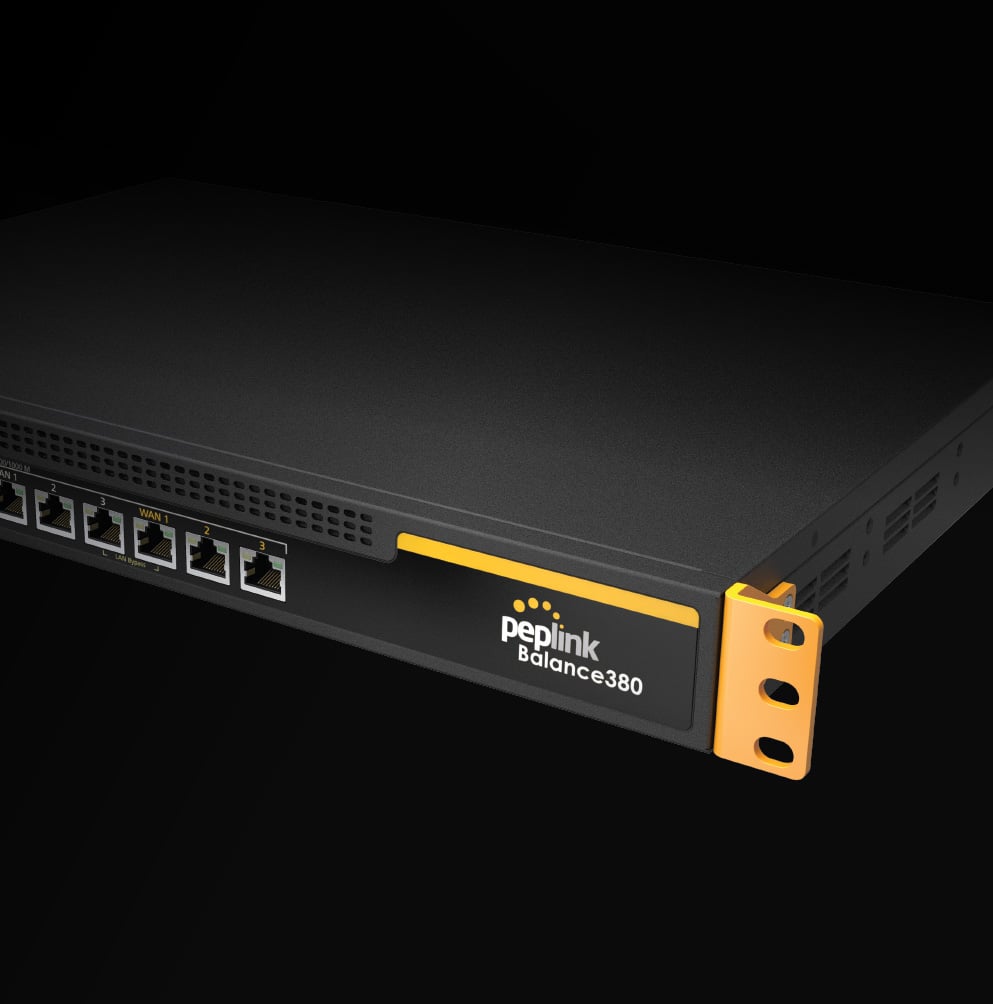

Using Peplink’s SpeedFusion technology, encrypted connections were established between all sites and the data center, enabling secure, real-time data transmission. This enhanced their ability to monitor pump performance without the delays that had persisted in the previous system.
Management of the entire network was streamlined through Peplink’s InControl cloud-based management platform. From a single dashboard, the team can view network status and location data across all stations. When issues arise, they can remotely identify whether the problem is power-related or a communication fault, eliminating unnecessary dispatches and helping technicians prioritize site visits more effectively.
Result
With Peplink’s solution in place, Texarkana Water Utilities successfully phased out its legacy radio system and transitioned to a more reliable, manageable, and cost-effective network. Connectivity across remote sites has become significantly more stable, reducing unnecessary dispatches and enabling IT staff to focus on confirmed connectivity-related issues.
Peplink devices have also demonstrated strong durability, continuing to perform reliably in some of the most challenging conditions for network equipment. Even at locations where fiber has since been introduced, Texarkana Water Utilities has retained the Peplink routers as cellular backups—underscoring their ongoing value and performance.
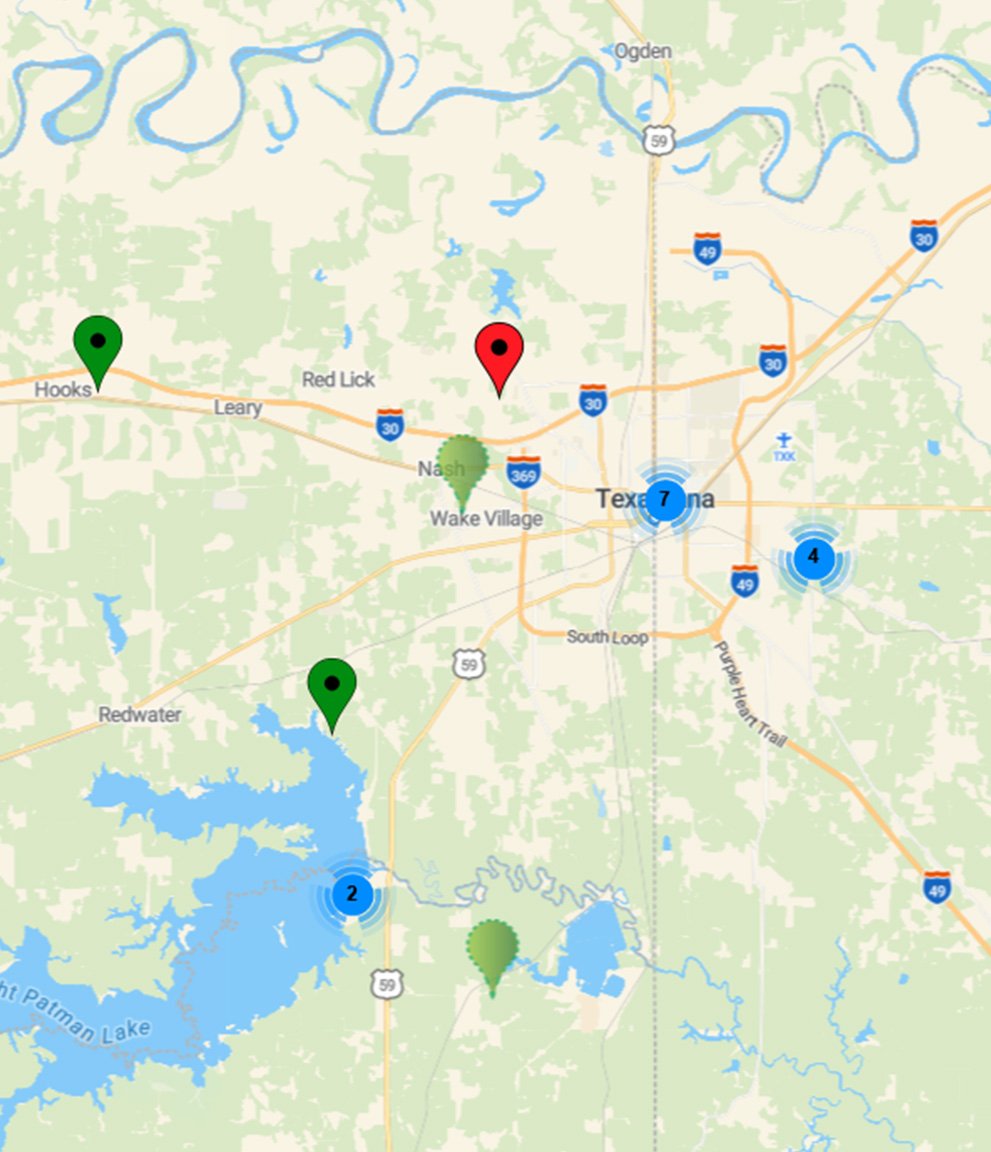
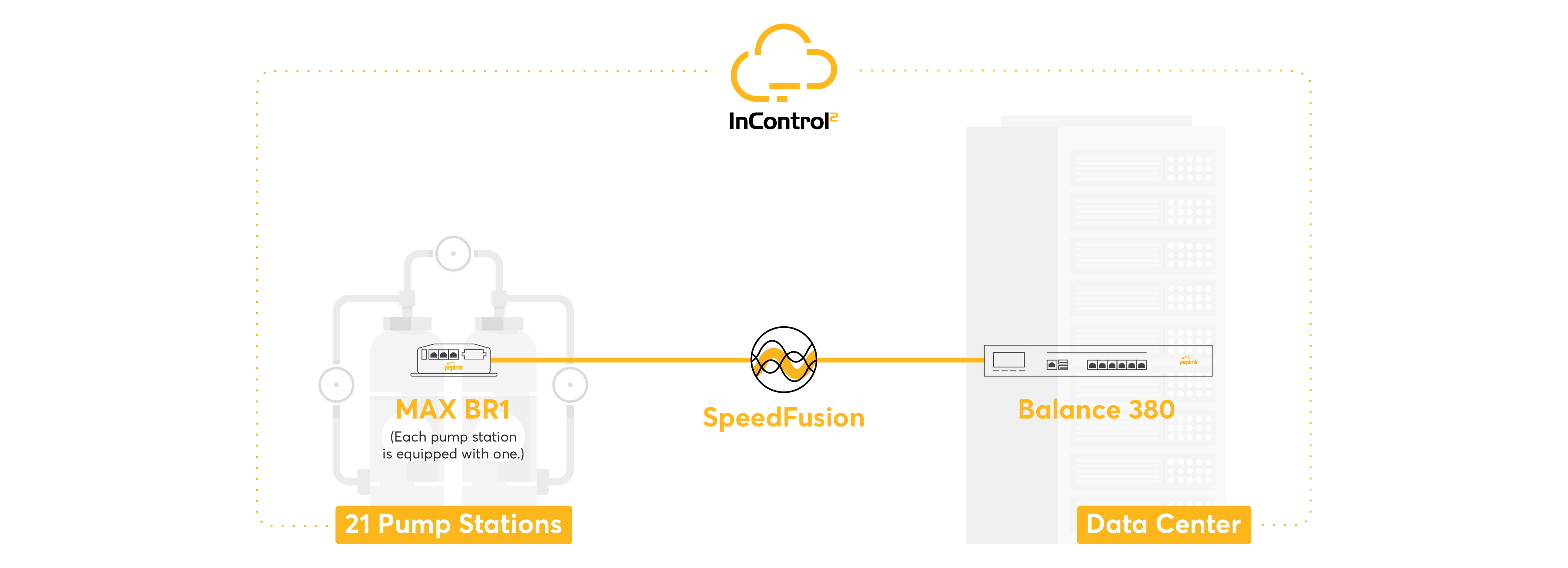
Deployment
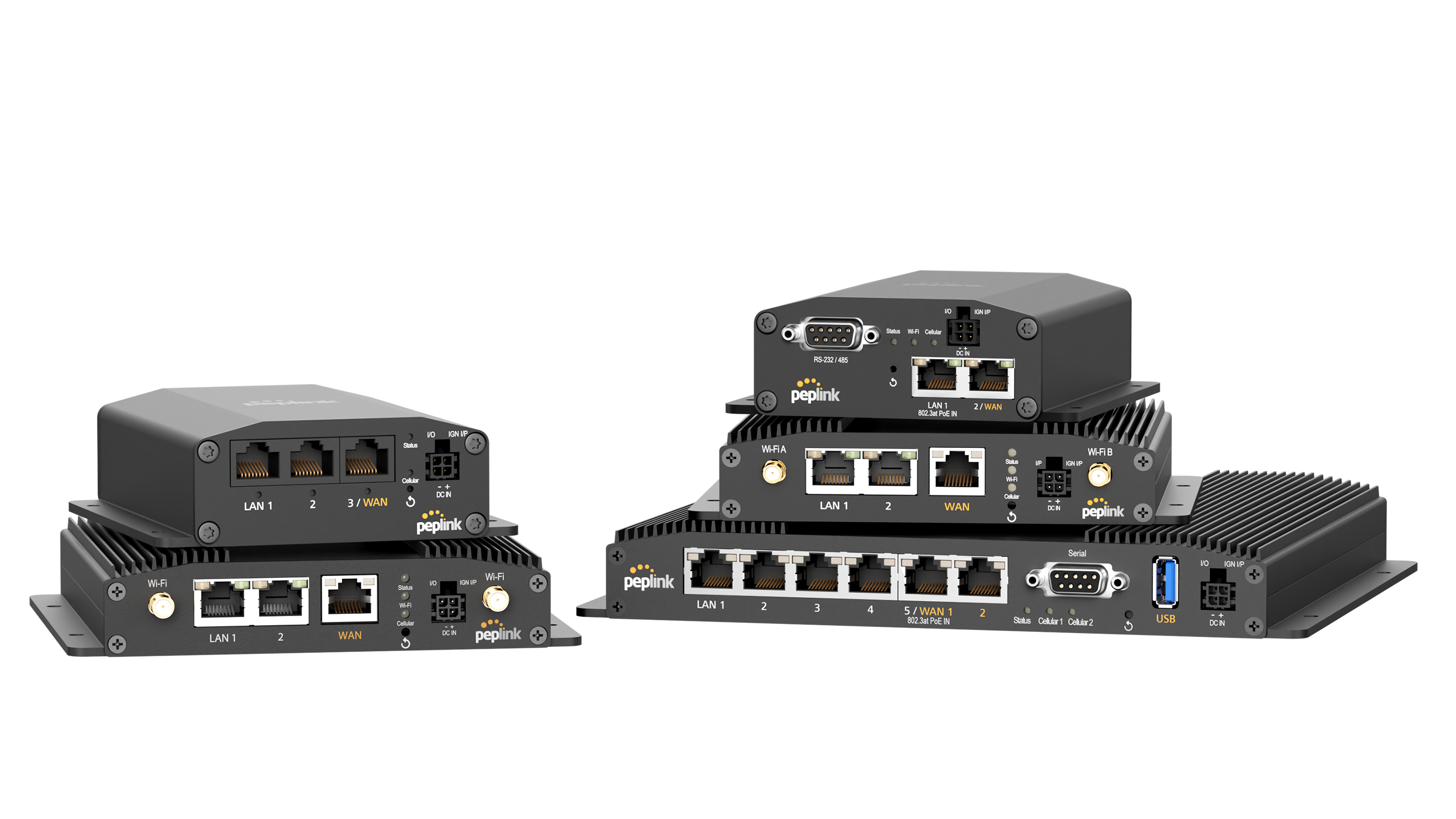
- Multiple BR1 routers deployed across various sites
- Affordable for large-scale deployment
- Ruggedized design ideal for remote site deployments
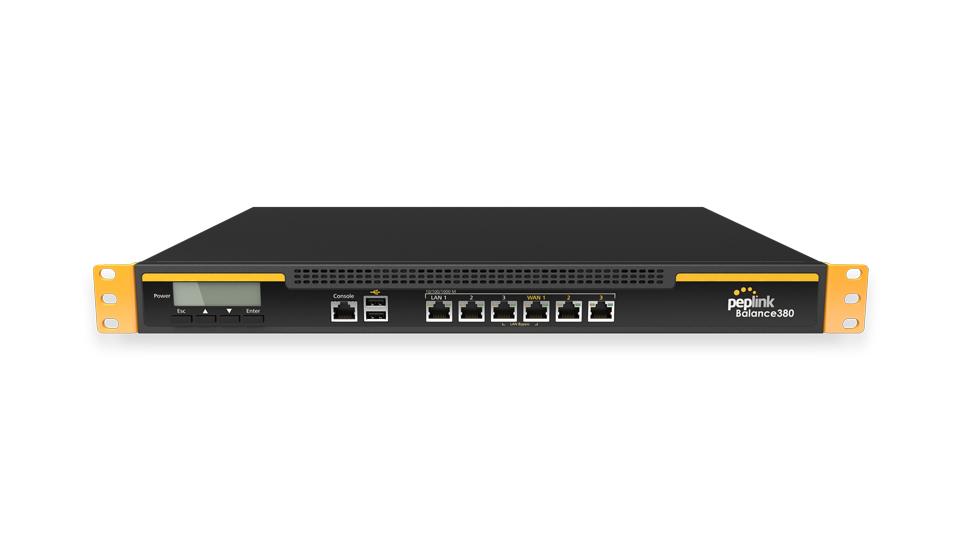
- Central Hub for Distributed Monitoring
- Reduced Service Interruptions
- Transition from Legacy Infrastructure